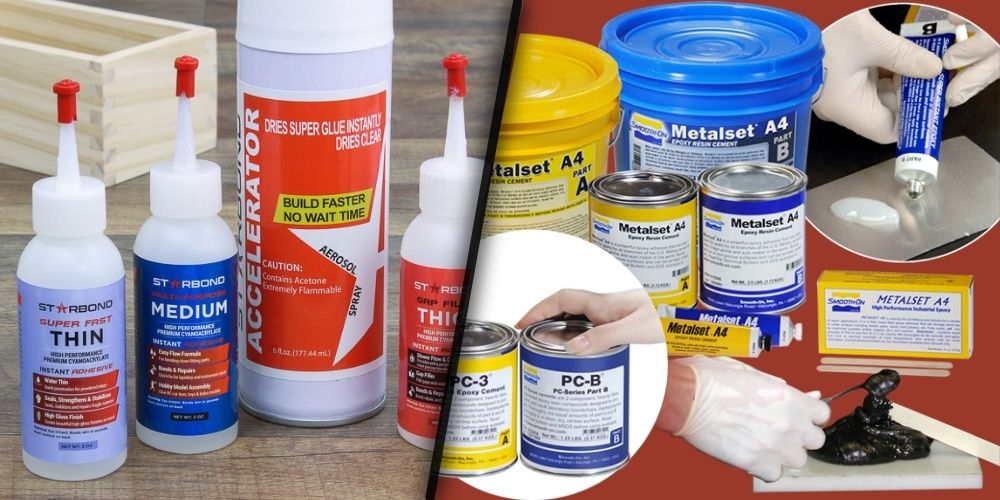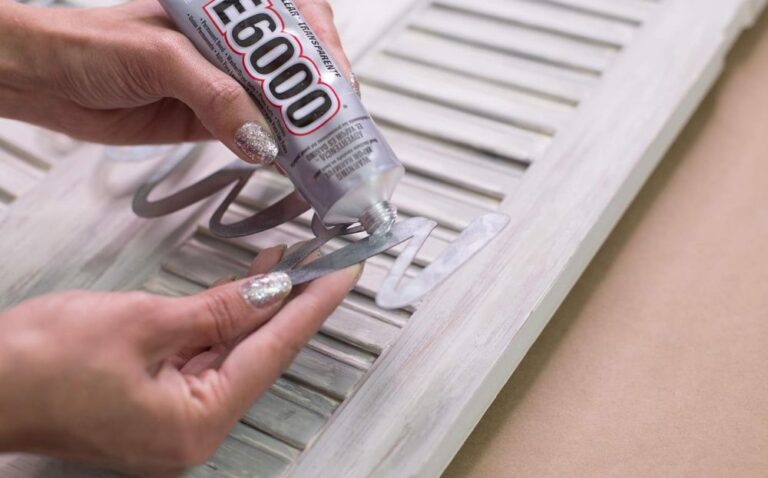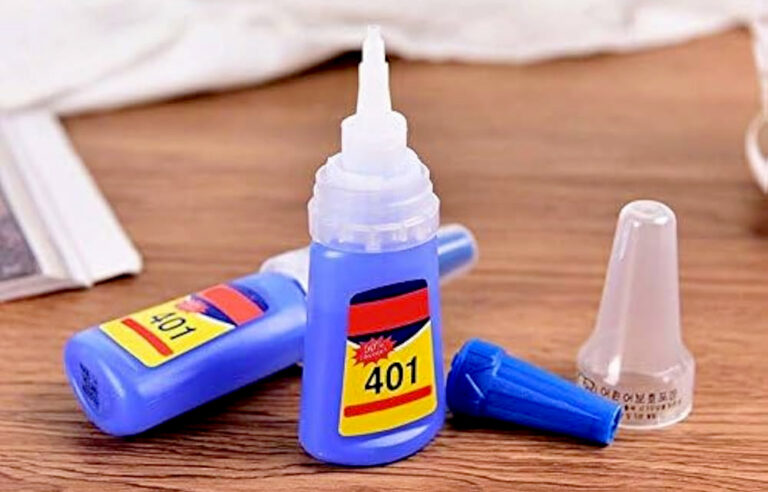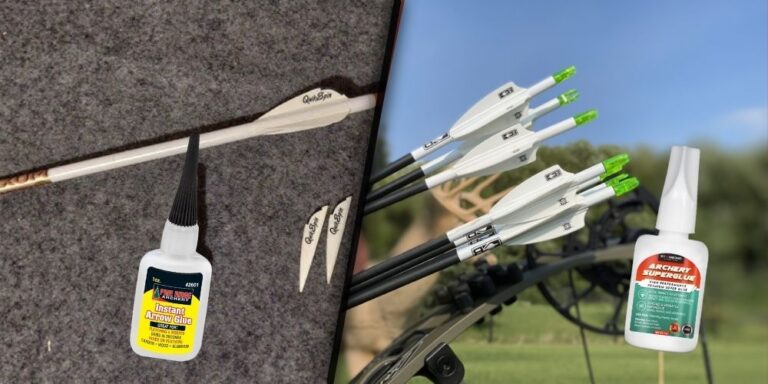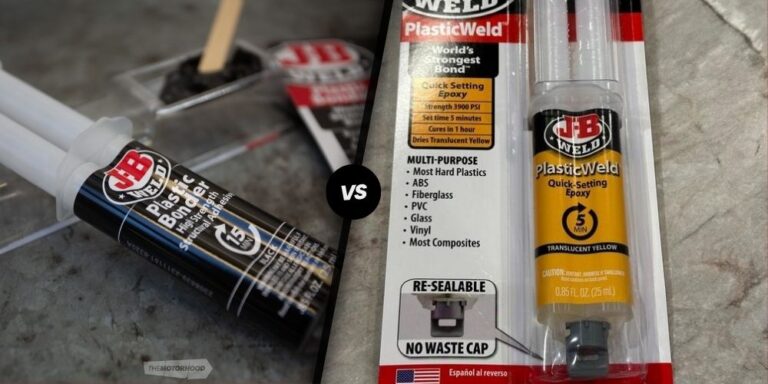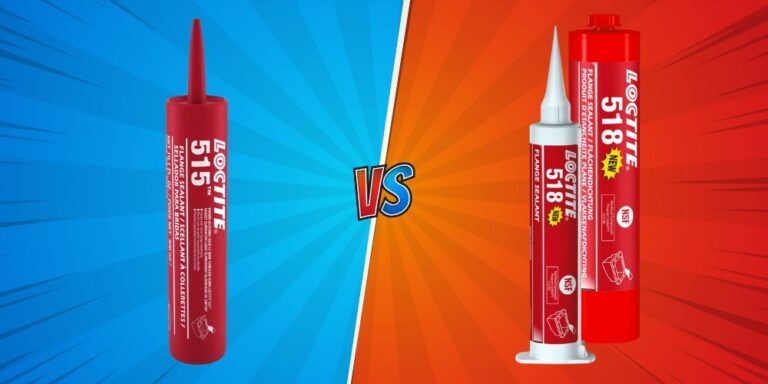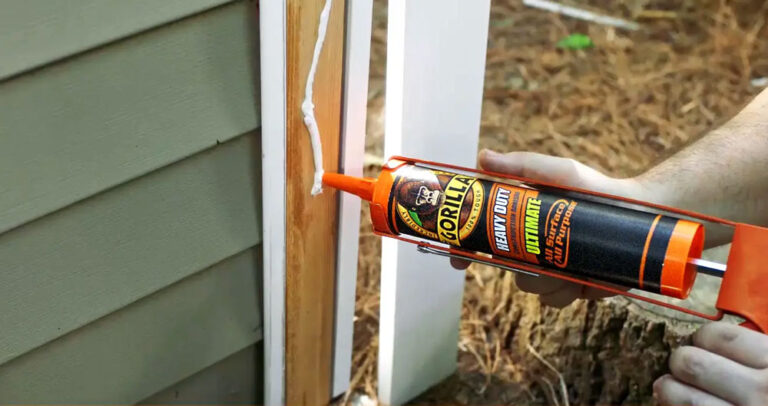CA Glue vs Epoxy: Strength and Use Guide
Understanding Cyanoacrylate Adhesives
Cyanoacrylate adhesives, commonly known as CA glues or super glues like Krazy Glue, are adhesives that set and cure exceptionally quickly. They are widely used for various applications due to their unique properties.
Properties of Cyanoacrylate Adhesives
Cyanoacrylate adhesives are celebrated for their rapid setting times and robust bonding capabilities. When exposed to moisture in the atmosphere or on the substrate materials, these adhesives cure almost instantly.
Key Properties
- Rapid Setting: CA glues typically begin to set within 10 to 30 seconds after application. They reach handling strength in about 1 to 2 minutes, but full curing and maximum bond strength are achieved in 24 hours.
- Moisture Curing: The presence of moisture significantly accelerates the curing process, which is why CA glue dries almost instantly on skin due to its water content.
- High Bond Strength: Cured cyanoacrylate adhesives form strong bonds capable of withstanding considerable stress.
| Property | Description |
|---|---|
| Setting Time | 10-30 seconds |
| Handling Strength | 1-2 minutes |
| Full Cure Time | 24 hours |
| Ideal Curing Condition | High humidity |
For a detailed comparison of other adhesives, such as conductive glue vs. solder, refer to our specific guides.
Applications of Cyanoacrylate Adhesives
Cyanoacrylate adhesives are versatile and suitable for a wide array of applications. Their fast cure times and strong bonds make them ideal for tasks requiring quick and reliable adhesion.
Common Applications
- General Repairs: Used extensively for general household repairs.
- Automotive: Perfect for automotive weather strips and minor fixes.
- Crafts and Hobbies: Common in plastic composite plantation shutters and electric guitar inlays.
- Medical: Employed in certain medical applications due to their fast bonding on skin.
For further insights into choosing between different types of adhesives, like flex seal vs. silicone or e6000 glue not working, visit our dedicated articles.
By understanding the properties and applications of cyanoacrylate adhesives, one can effectively decide when and how to use them in various projects. Whether for quick household fixes or specialized tasks, CA glue offers a reliable solution in many scenarios.
Exploring Epoxy Adhesives
Epoxy adhesives are known for their exceptional strength, versatility, and durability, making them a popular choice for a variety of applications. Understanding the composition and uses of epoxy adhesives can help determine their suitability for different projects.
Composition of Epoxy Adhesives
Epoxy adhesives typically consist of two main components: resin and hardener. These two parts must be mixed together in specific ratios to initiate the curing process. The timeframe during which the adhesive remains usable before it begins to harden is known as pot life. While most epoxy adhesives are of the two-part system, there are also one-part system epoxies available, which require additional catalysts to cure and set the adhesive bond.
| Component | Description |
|---|---|
| Resin | Base component of the epoxy |
| Hardener | Catalyst that initiates the curing process |
Uses of Epoxy Adhesives
Epoxy adhesives are renowned for their exceptional bonding strength, flexibility, and resistance to chemicals and moisture. This makes them suitable for a wide range of applications, including:
- Woodworking: Epoxy is frequently used in woodworking to bond wood components together, thanks to its excellent gap-filling properties and strong adhesion to porous surfaces.
- Construction: Known for its long-term durability and load-bearing capabilities, epoxy is indispensable in construction projects.
- Automotive Assembly: Its robustness and resistance to environmental factors make it ideal for automotive applications.
- Marine Applications: Due to its excellent waterproofing properties and resistance to harsh environmental conditions, epoxy is widely used in marine applications.
| Application Area | Benefits |
|---|---|
| Woodworking | Strong bond on wood |
| Construction | Long-term durability |
| Automotive | Robust and weather-resistant |
| Marine | Exceptional waterproofing |
Epoxy is also highly effective in bonding materials such as metals, ceramics, plastics, and composites. Its adhesion strength on both porous and non-porous surfaces makes it versatile for various challenging environments and substrates. Additionally, epoxy’s ability to withstand higher temperatures and resist solvents, acids, and bases adds to its suitability for demanding applications.
Understanding these qualities and applications allows one to make informed decisions when considering epoxy for bonding needs. For more comparative insights, you can explore articles like 3m 4000 vs. 4200 marine adhesive, metal glue vs. welding, and flex seal vs. silicone.
Comparing Adhesive Strength
Understanding the strengths of cyanoacrylate and epoxy adhesives is critical when choosing the right adhesive for your project needs. Each type has distinct properties that dictate their performance in various applications.
Strength of Cyanoacrylate Adhesives
Cyanoacrylate adhesives, commonly known as super glue, are known for their rapid curing times and excellent bonding strength on a range of materials such as plastic, metal, rubber, and ceramics. These adhesives cure almost instantly when exposed to moisture in the atmosphere or substrate.
- Typical Bonding Strength: Cyanoacrylate adhesives can create very strong bonds, often reaching shear strengths of 21 – 29 MPa (3000 – 4200 psi) (Adhesive Guru).
- Curing Time: Almost instantaneous, typically within seconds.
- Ideal Applications: Smaller, quick repairs and projects such as household fixes, crafting, and bonding small objects.
| Adhesive Type | Bonding Strength (MPa) | Curing Time | Ideal Applications |
|---|---|---|---|
| Cyanoacrylate | 21 – 29 | Seconds | Household repairs, crafting, small objects |
Strength of Epoxy Adhesives
Epoxy adhesives are renowned for their exceptional strength, durability, and resistance to various environmental factors. They are composed of a two-part system that include a resin and a hardener, which must be mixed before use (Tenax4you).
- Typical Bonding Strength: Epoxy adhesives provide shear strengths of 35 – 41 MPa (5000 – 6000 psi).
- Curing Time: Longer curing time compared to cyanoacrylate, usually measured in minutes to hours, depending on the specific formulation.
- Ideal Applications: Versatile applications including woodworking, construction, automotive assembly, and marine environments due to its robustness and chemical resistance.
| Adhesive Type | Bonding Strength (MPa) | Curing Time | Ideal Applications |
|---|---|---|---|
| Epoxy | 35 – 41 | Minutes to hours | Woodworking, construction, automotive assembly, marine applications |
For those needing to choose between these adhesives based on specific project requirements, more information on the unique properties and uses of each can be referenced in our sections on choosing cyanoacrylate adhesives and choosing epoxy adhesives.
Considerations for Different Projects
When deciding between cyanoacrylate (CA) adhesives and epoxy adhesives for various projects, it’s important to consider the specific requirements and conditions of your project. This section provides guidance on choosing the right adhesive based on their properties and applications.
Choosing Cyanoacrylate Adhesives
Cyanoacrylate adhesives, commonly known as super glues, are renowned for their fast-curing properties and high strength. They are particularly suitable for smaller-scale applications where precision and speed are crucial.
Ideal Uses:
- General Household Repairs: CA adhesives are perfect for quick fixes around the house, such as repairing broken ceramic or plastic items.
- Automotive Weather Strips: Because of their rapid curing and durable bond, they are excellent for attaching automotive weather strips (Aron Alpha).
- Craft Projects: Due to their fast setting time, they are ideal for various craft and hobby projects.
Here’s a table for quick reference on common uses:
| Application | Benefit |
|---|---|
| General Household Repairs | Fast cure, strong bond |
| Automotive Weather Strips | Durable and quick-setting |
| Craft Projects | Precise application |
For more detailed comparisons and applications, check out our article on metal glue vs. welding.
Choosing Epoxy Adhesives
Epoxy adhesives are known for their exceptional strength and durability, making them suitable for both household repairs and more demanding manufacturing applications.
Ideal Uses:
- General Household Repairs: Epoxy is effective for repairing items exposed to stress or heat, such as handles and fixtures.
- Manufacturing Applications: Its high strength makes it suitable for industrial settings, where a reliable and robust bond is required.
- Woodworking and Carpentry: Epoxy is often used in wood repairs and carpentry due to its ability to fill gaps and bond securely.
Here’s a table for quick reference on common uses:
| Application | Benefit |
|---|---|
| General Household Repairs | High strength, durable |
| Manufacturing Applications | Reliable, robust bond |
| Woodworking and Carpentry | Gap-filling, strong adhesion |
For other adhesive comparisons, refer to our article on 3m 4000 vs. 4200 marine adhesive.
Understanding the specific needs of your project will help you choose between CA glue and epoxy effectively. Whether you need the fast-setting properties of cyanoacrylate or the durability of epoxy, selecting the right adhesive will ensure a successful outcome. For more insights on adhesives, check our guides on 3m spray adhesive 90 vs. 77 and flex seal vs. silicone.
Safety Concerns and Precautions
When considering the use of Cyanoacrylate (CA) glue and epoxy, safety concerns are paramount. Both adhesives have unique risks that require proper handling and precautions.
Skin Contact and Dermatitis
Epoxy resins and CA glue can pose significant risks upon skin contact. The most frequent route of exposure is through direct contact with the skin, which can lead to various health issues.
- Dermatitis: Both adhesives can cause dermatitis, which manifests as a rash that may become chronic with prolonged exposure. Epoxy hardeners, in particular, can cause moderate chemical burns if left on the skin, potentially resulting in discoloration or scarring.
- Sensitization and Allergic Reactions: Repeated exposure to epoxy or CA glue can lead to sensitization, a form of allergy. Symptoms include skin irritation, itching, swelling, and red eyes . Allergic reactions can also cause respiratory issues and respiratory tract irritation.
To minimize these risks, always wear appropriate protective equipment such as gloves and long sleeves when handling these adhesives. For more detailed comparisons between adhesives, visit our articles on 3M spray adhesive 90 vs. 77 or metal glue vs. welding.
Inhalation and Sensitization
Inhalation of vapors from CA glue and epoxy can present serious health hazards, particularly in poorly ventilated areas.
- Slow Evaporation: While CA glue dries quickly, epoxy has a slower evaporation rate, which reduces the immediate risk of inhalation. However, the risk increases in confined spaces without adequate ventilation.
- Respiratory Sensitization: Inhalation of epoxy vapors can cause severe respiratory problems, especially for individuals already sensitized to these chemicals. Symptoms can include respiratory irritation, lung damage, and sensitization.
Risk factors associated with inhalation highlight the importance of adequate ventilation and use of personal protective equipment like masks and respirators. Moreover, avoid spraying epoxy as it can generate hazardous fumes.
For additional tips and safety precautions, refer to our articles how strong is fabric glue and how to get rid of goo gone smell.
By understanding and mitigating these risks, users can safely employ CA glue and epoxy in their projects without compromising their health. Visit our section on solvent vs. solvent-free adhesive for more safety considerations.
Handling Epoxy Safety
Knowing how to handle epoxy safety is crucial to prevent potential health hazards and ensure optimal results in various projects.
Risks of Uncontrolled Curing
Epoxy consists of a resin and hardener that must be mixed to initiate curing. Uncontrolled curing poses significant risks:
- Heat Generation: The chemical reaction between the resin and hardener generates heat. If not properly controlled, this can cause the mixed epoxy to become excessively hot, leading to melting plastic, burning skin, or igniting nearby combustible materials (Entropy Resins).
- Toxic Vapors: During the curing process, epoxy releases toxic fumes. Inhaling these vapors can result in respiratory irritation and severe lung damage, especially when epoxy is sprayed. Spraying epoxy is extremely hazardous and not recommended.
Disposal and Ventilation Safety
Proper disposal and ventilation are essential when working with epoxy to prevent accidents and health issues:
- Fume Emission: Pots of curing epoxy can emit hazardous fumes. Ensure that mixed epoxy is placed in a well-ventilated area, separated from any combustible materials.
- Disposal Regulations: Epoxy must be disposed of correctly to avoid environmental hazards. Dispose of solid epoxy only after it has fully cured and cooled. Adhere to local disposal regulations.
Proper handling of epoxy involves understanding these risks and taking the necessary precautions. For more information on other adhesives and their safety, check out our articles on 3m headliner adhesive vs. super 77 and metal glue vs. welding.

